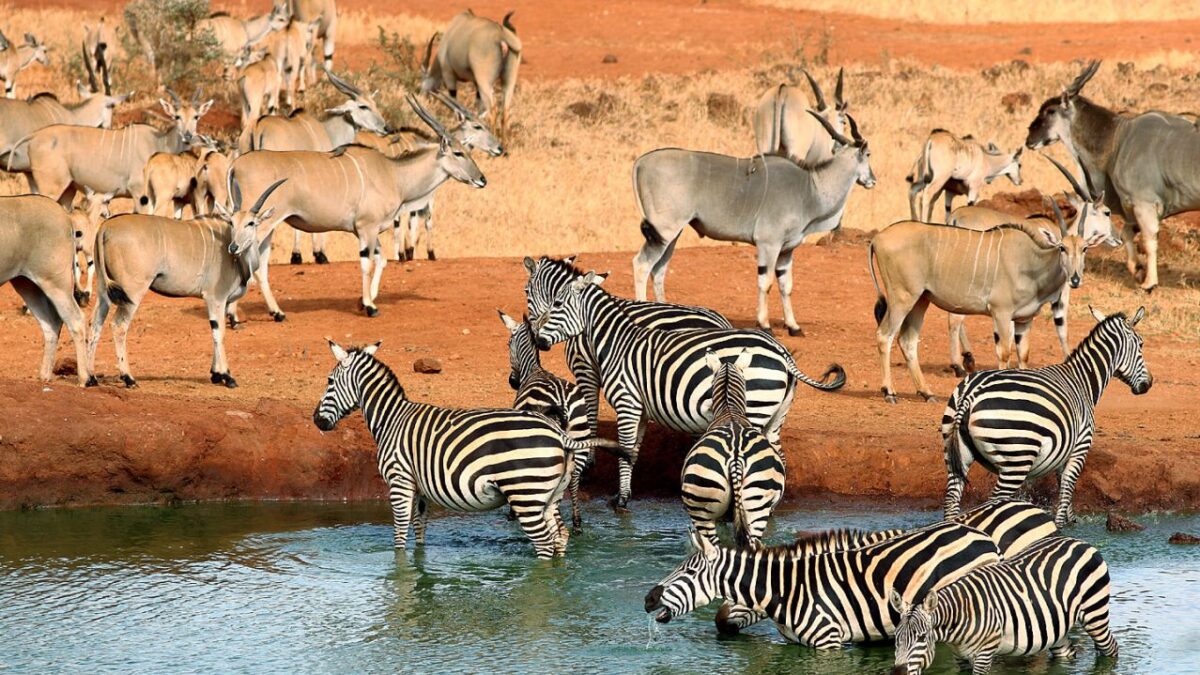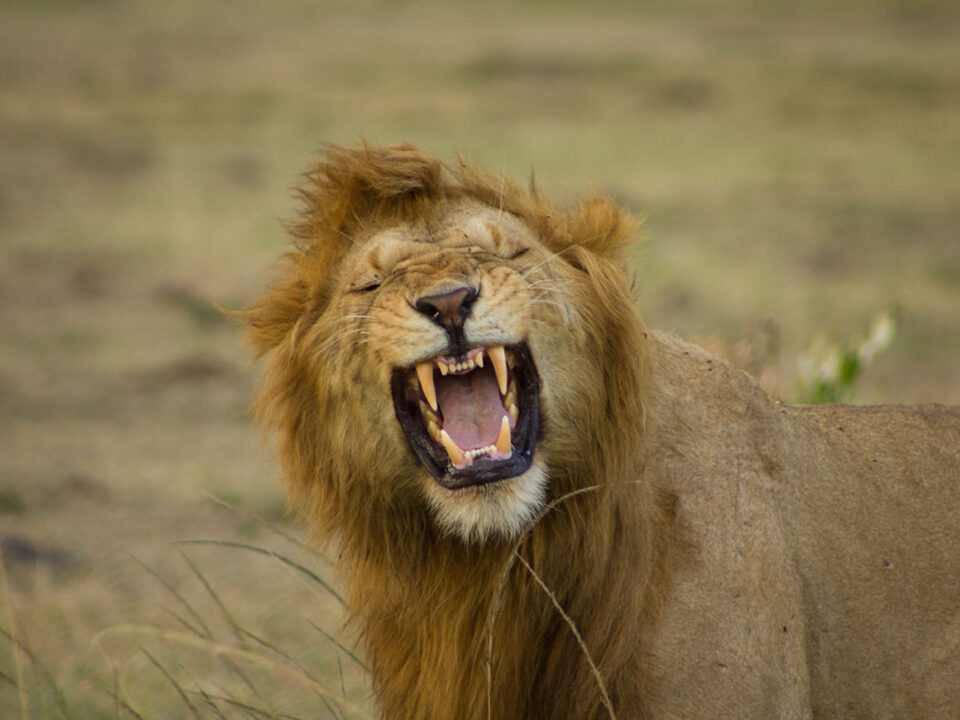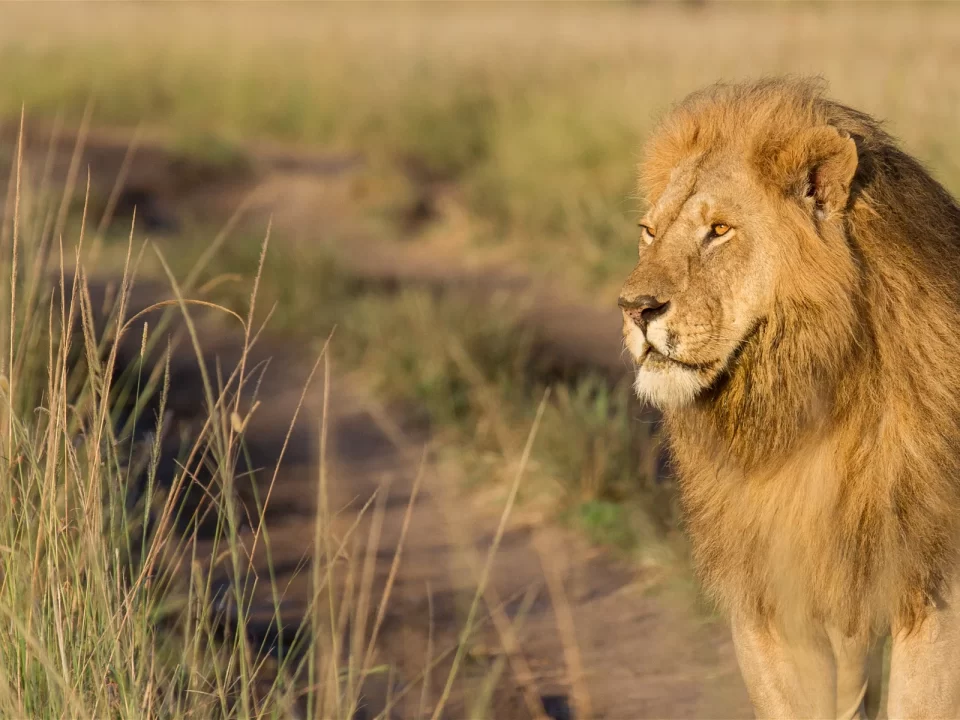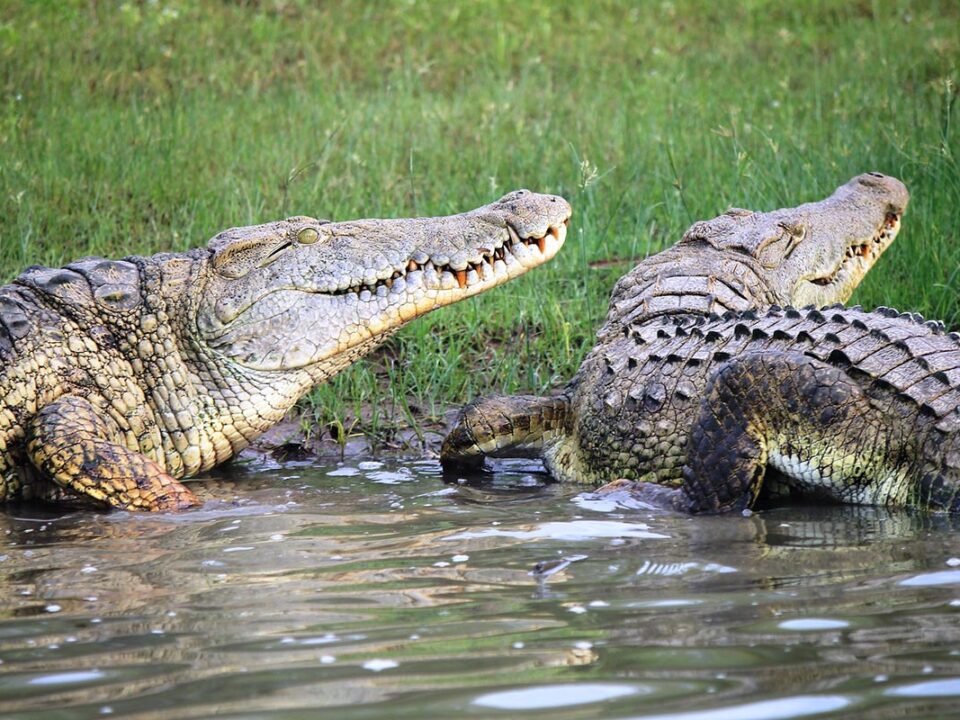Tsavo National Park Kenya

Tsavo East National Park Kenya
November 16, 2023
Ndere Island National Park Kenya
November 17, 2023Tsavo National Parks in Kenya – Discover the Diversity of Tsavo East and Tsavo West
Situated between the cities of Mombasa and Nairobi, Tsavo National Parks stands as the largest park in Kenya, encompassing two distinct regions: Tsavo East and Tsavo West, spanning a combined 21,000 square kilometers. This expansive park, divided by the highway connecting Mombasa and Nairobi, is renowned for its abundant wildlife and striking geological features, such as Mudanda Rock and Lugard Falls. In the dry season, Mudanda Rock becomes a prime spot for observing elephants and other park residents due to its commanding presence over a natural dam. Additional highlights include the expansive Yatta Plateau and the Aruba Dam.
The name “Tsavo” originates from the Maasai word for ‘river.’ This park, divided into Tsavo West and Tsavo East, stretches to the Tanzanian border, making it approximately 2.5 times larger than the Yellowstone National Park in the United States. Covering an estimated 12,000 square kilometers, Tsavo is not only vast but also holds significance as a prehistoric site, with fossils attesting to human existence in the Stone Age.
History of Tsavo National Park:
Established as a wildlife refuge in 1949 by Kenya’s colonial government, Tsavo National Park was not initially recognized as the prime wildlife region in Kenya but stood as a sizable, largely uninhabited expanse. Characterized by its arid conditions, unsuitable for agriculture due to tsetse fly infestation, Tsavo was often referred to as the Taru desert. However, it housed a substantial population of elephants and rhinos, with 45,000 elephants and 8,000 black rhinos in the 16,000 square-mile Tsavo ecosystem. The habitat changes, coupled with illegal poaching, led to a decline in the elephant population, with only around 11,000 elephants remaining today. Rhinos are now confined to highly protected fenced sanctuaries.
Tsavo Wildlife:
Both Tsavo East National Park and Tsavo West National Park offer diverse wildlife viewing opportunities. Tsavo East, larger than the Maasai National Reserve, is renowned for its colossal herds of elephants adorned in red dust. Visitors can also witness crocodiles, Cape buffalo, lions, and a monitored breeding population of black rhinos. Tsavo West, half the size of Tsavo East, boasts varied terrain, including grasslands, shrublands, and woodlands. It is home to similar species found in Tsavo East National Park, with the added chance to spot cheetahs and hartebeest. The park’s diverse landscape provides protection to endangered species like Cosen’s gerbil, while bird enthusiasts can enjoy over 500 recorded species, including the corncrake and the Basra Reed Warblers.
Tsavo National Park Accommodations:
Despite its status as one of the world’s largest parks, Tsavo National Park in Kenya has limited accommodations within the parks. However, the available options, such as the Kilaguni Serena Safari Lodge and the Ashnil Aruba Lodge, provide unique opportunities for close encounters with African elephants and an immersive wild experience. Unfenced lodges like Lions Buff Camp take the adventure to another level, with Tsavo lions often making appearances.
Top Attractions in Tsavo National Park Kenya:
The Developed Area, situated between the Mombasa highway and the Tsavo River, is a prime visitor destination, offering a mesmerizing blend of landscapes. The Galana River, Aruba Dam, Shimba Hills, Mzima Spring under the Chyulu Hills, and the historic Yatta Plateau are among the key attractions. The Mzima Spring, a natural water reservoir, draws visitors, while the Yatta Plateau stands as the world’s longest lava flow, adding to the park’s allure.




